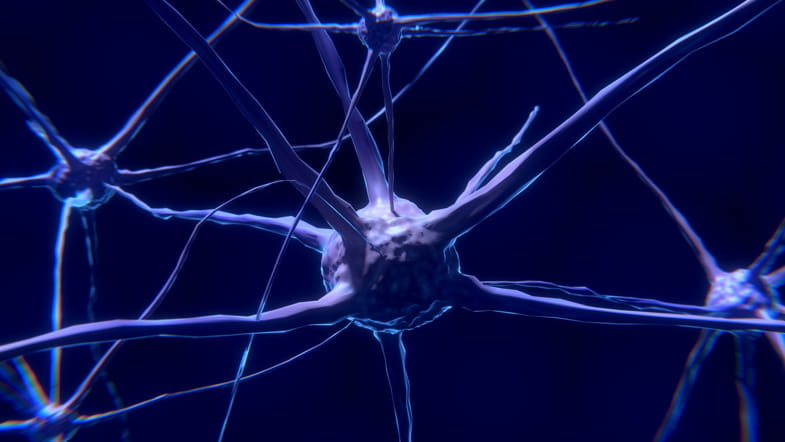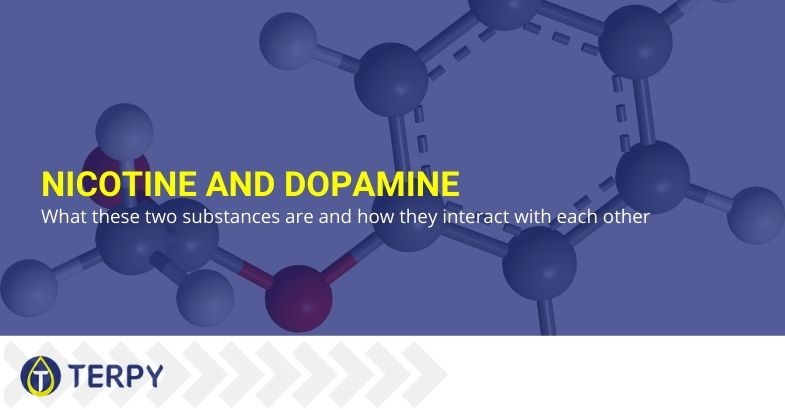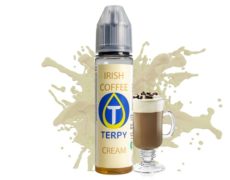Modified on: 27/05/2024
How does one become addicted to smoking? The interaction between nicotine and dopamine
If you are a smoker, you know very well how strong the tobacco addiction is: shortly after putting out a cigarette, you feel the urge to light another one, and when you try to quit smoking, the withdrawal symptoms are so intense that most of those who try to get rid of blondes fail.
Did you know that the main culprit in nicotine addiction is dopamine? So if you constantly need to light up a cigarette, it is precisely because of the interaction between these molecules.
In the following article, I will explain nicotine and dopamine, how they trigger tobacco addiction and the most effective tools for quitting smoking.


What are nicotine and dopamine?
Nicotine is a psychoactive alkaloid contained in certain plant species, including tobacco. It is synthesised in the roots and gradually accumulates in the leaves until it reaches a concentration of between 0.6% and 3%.
When tobacco is smoked, nicotine is absorbed at the alveoli level, passing into the blood vessels. If taken in through the consumption of chewing or snuff products, on the other hand, it enters the bloodstream through the oral and nasal mucosa. However, once in the bloodstream, nicotine travels to the brain, crossing the blood-brain barrier and binding to particular nerve receptors called ‘cholinergic’ receptors.
Dopamine, on the other hand, is a molecule synthesised within the human body that performs the vital function of a neurotransmitter. It is mainly known for being responsible for the feelings of pleasure and gratification one experiences during enjoyable activities, such as eating good food and having sexual intercourse.
It also has essential functions in memory, learning, mood and behavioural control, attention span, sleep regulation, movement control and prolactin secretion.
Read also: Quitting smoking: 10 (instant) benefits for your health and your wallet
The mechanism of nicotine addiction: This is how you become a slave to cigarettes
Now that we have explained nicotine and dopamine, it is vital to illustrate how their interaction is responsible for the enslavement to smoking.
Perhaps, you will be surprised to learn that tobacco addiction is so strong that it has been classified as superior to all other drugs, excluding cocaine and heroin! The need for nicotine is caused by the interaction of this molecule with the nervous system, which causes an increase in dopamine production.
As we have explained, this neurotransmitter gives a strong feeling of pleasure and gratification, which drives smokers to want to take higher and higher doses of nicotine continuously. This mechanism has been demonstrated by numerous experiments that have shown that blocking the release of dopamine is sufficient to alleviate the need for nicotine.
Typical symptoms of tobacco addiction are as follows:
- anxiety;
- agitation and irritability;
- insomnia;
- loss of appetite;
- anger and frustration;
- increased sweating.


How to get rid of nicotine addiction
The greatest danger of nicotine addiction does not lie in the dangerousness of the molecule itself but the health risks of smoking tobacco. Combustion produces a very high amount of toxins that are harmful to the human body, many of which produce carcinogenic effects.
Unfortunately, the strong addiction caused by blondes makes it very difficult to do without them, which is why numerous products designed to diminish the need to smoke gradually have been put on the market: these are the so-called NRT (Nicotine Replacement Therapy) devices.
Perhaps the name doesn’t sound familiar at all, but you are familiar with them: they are all those nicotine-based products such as chewing gum, patches and oral sprays recommended for quitting smoking. Unfortunately, statistics suggest that these remedies against cigarette addiction are rarely successful.
However, recent studies have shown that a more effective alternative to NRT devices in the fight against nicotine is electronic cigarettes. Researchers at King’s College London found that smokers who try to quit smoking with e-cigs succeed in about 60% of cases – an extremely high percentage!
It is why the British government is increasingly focusing on e-cigs in the fight against smoking, so much so that the British authorities are considering allowing doctors to prescribe e-cigarettes with financial coverage from the National Health Service.
Read also: Decomposed bases with nicotine: what they are and where to find them.
In conclusion
We have explained what nicotine and dopamine are, how their interaction underlies smoking addiction and what are the most effective remedies to overcome this addiction.
The most recent scientific studies suggest that the electronic cigarette is the most effective device to help quit smoking. In England, doctors may soon prescribe it as a remedy against nicotine addiction.
If you want to kick the smoking habit but can’t manage it on your own, try vaping: enter Terpy.shop, Europe’s number 1 vape shop, choose your new device, and buy the best e-cigarette liquids.
We are waiting for you on Terpy!





